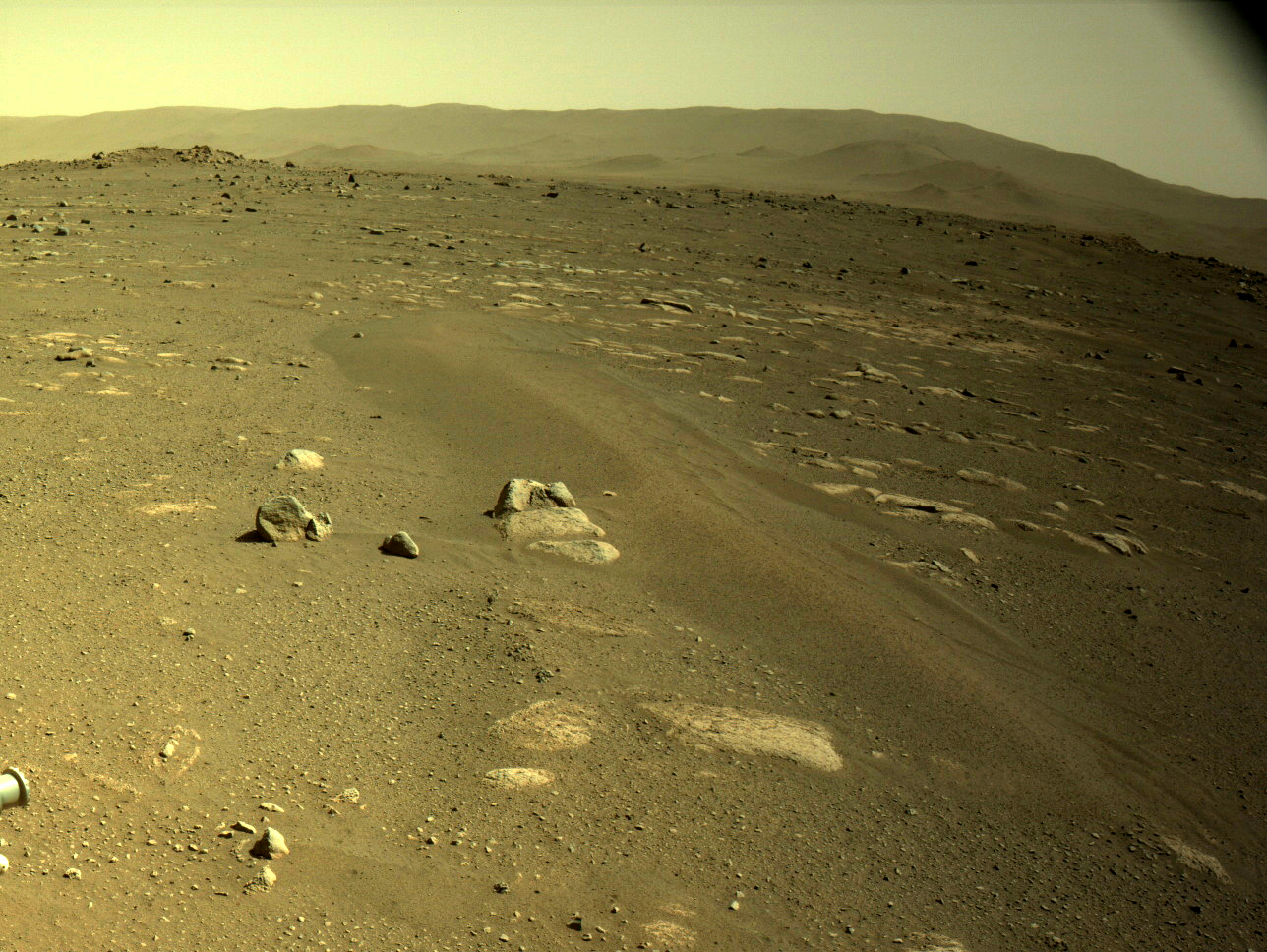Mars has the ingredients for life underneath its surface, study says, as scientists look to search for hidden alien creatures

Your support helps us to tell the story
From reproductive rights to climate change to Big Tech, The Independent is on the ground when the story is developing. Whether it's investigating the financials of Elon Musk's pro-Trump PAC or producing our latest documentary, 'The A Word', which shines a light on the American women fighting for reproductive rights, we know how important it is to parse out the facts from the messaging.
At such a critical moment in US history, we need reporters on the ground. Your donation allows us to keep sending journalists to speak to both sides of the story.
The Independent is trusted by Americans across the entire political spectrum. And unlike many other quality news outlets, we choose not to lock Americans out of our reporting and analysis with paywalls. We believe quality journalism should be available to everyone, paid for by those who can afford it.
Your support makes all the difference.The ingredients for life are likely to be under the surface of Mars, a new study has found.
The resarch suggests there could be microbial life currently lurking beneath the surface of the red planet, ready to be discovered.
The new research attempted to understand the conditions underneath Mars by looking at the makeup of Martian meteorites. Those rocks are a clear look at the red planet, since they are rocks that were once lying on the surface of Mars until they were blasted off and landed on Earth
The study found that if those rocks were consistnetly in contact with water, they would be able to produce the kind of energy that allows microbial communities to flourish in the dark depths of the Earth.
Sicne the meteorites could be an indication of conditions in large parts of the crust of Mars, it does suggest that much of the rock beneath the surface of Mars could in fact be able to sustain life.
The research does not indicate one way or another whether life got started on Mars, a question that a number of space agencies hope to solve with rovers and other work in the coming years. But it does indicate that, i if it did, it would have been able to find the conditions needed to survive.
“The big implication here for subsurface exploration science is that wherever you have groundwater on Mars, there’s a good chance that you have enough chemical energy to support subsurface microbial life,” said Jesse Tarnas, a postdoctoral researcher at NASA’s Jet Propulsion Laboratory who led the study as a PhD student at Brown University.
“We don’t know whether life ever got started beneath the surface of Mars, but if it did, we think there would be ample energy there to sustain it right up to today.”
The research drew on work over recent decades that has shown that the areas underneath the surface of Earth support their own biome of living things, very different from the world we know. Those creatures are unable to live using sunlight, for obvious reasons, and instead get their energy from the byproducts of chemical reactions that happen when rocks are in contact with water.
The new study looked to see whether that same process – in particular one known as radiolysis – could happen on Mars. It used not only pieces of Martian meteorites but also data sent back from the red planet itself, from Nasa’s Curiosity rover and other spacecraft in orbit around the planet.
The researchers now say that the discovery that the same process is happening should help encourage the search for life underneath the Martian surface. That could include drills that dig into the ground and examine what is found there, for instance.
“The subsurface is one of the frontiers in Mars exploration,” said Brown University professor Jack Mustard.
“We’ve investigated the atmosphere, mapped the surface with different wavelengths of light and landed on the surface in half-a-dozen places, and that work continues to tell us so much about the planet’s past. But if we want to think about the possibility of present-day life, the subsurface is absolutely going to be where the action is.”
Join our commenting forum
Join thought-provoking conversations, follow other Independent readers and see their replies
Comments